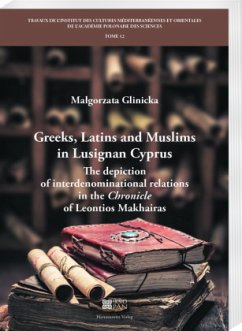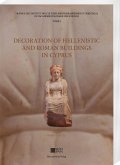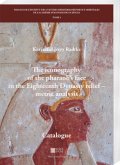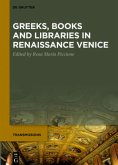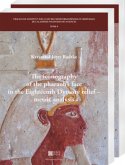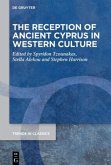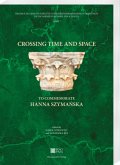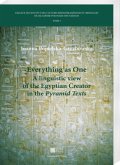The aim of the monograph is to analyze and interpret the image of interdenominational relations in Cyprus under the Frankish Lusignan reign, i.e. between Greeks, Latins and Muslims, as depicted in the 15th-century Chronicle of Leontios Makhairas, Gamma s Gamma pi , pi Gamma ni s ni ni ( ni). The chronicler was a Romaios who pursued a career within the Frankish elite and was personally involved in affairs he described. He had an opportunity to observe directly the cohabitation of two communities in Lusignan-reigned Cyprus: the Greek-speaking indigenous population and the Frankish settlers. The Chronicle is examined from the perspective of history of literature, with a special focus on religious and political categories, and to a lesser extent, rhetorical-literary categories. Furthermore, the topic of interdenominational and interethnic relations is conceptualized. It is discussed why the Chronicle may be effectively investigatedusing selected concepts developed by colonial studies and the postcolonial school of interpretation. The following layers of contact are considered: relations between the Orthodox inhabitants of Cyprus and the Latin newcomers, the Templars, Hospitallers and Franks, as well as internal dynamics within the community of the Latins (mainly the Cypriot Franks, Genoese and Venetians), and various encounters between the Christians and the Muslims (the Turks and Egyptians). Written in the Cypriot dialect, the Chronicle has been explored as the autonomous literary image created by Makhairas for a specific purpose and for well-defined recipients.
Bitte wählen Sie Ihr Anliegen aus.
Rechnungen
Retourenschein anfordern
Bestellstatus
Storno

